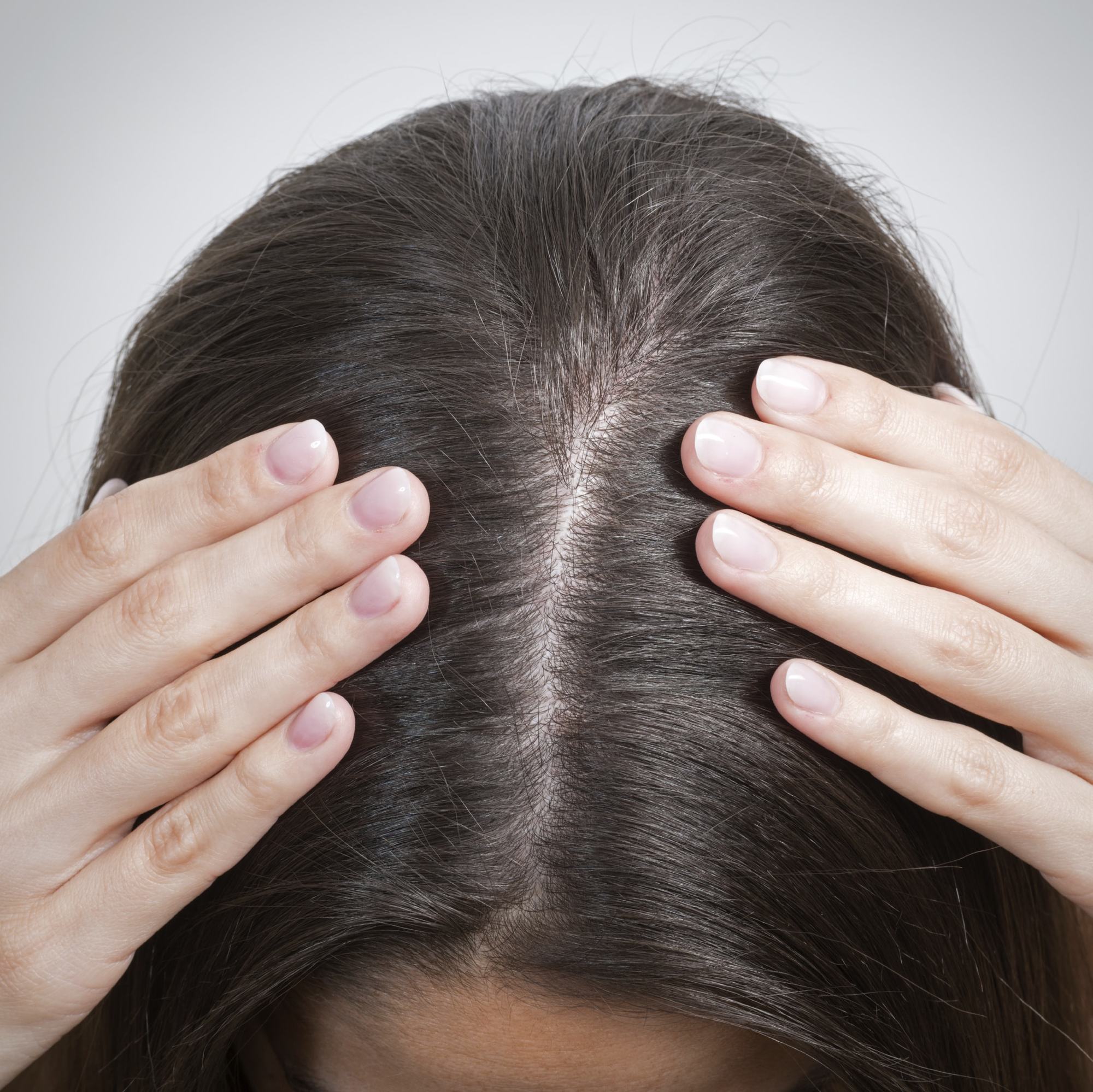
Suffering from bad dandruff? We asked an expert what your next steps should be
Find out everything you need to know about severe dandruff.
Bad dandruff on any scale can be an irritating scalp condition to diagnose and deal with. But, when it’s in its most severe form, it can also be painful and uncomfortable to manage.
Itchiness, dry skin and irritation on the scalp could all indicate that you need to seek professional medical advice to help clear up the symptoms of severe dandruff.
ATH is here to help guide you through this process and reveal more about what dandruff actually is, how to treat it and what to do next…
Severe dandruff: What you need to know

How to know if you have severe dandruff
Firstly, it’s important to decode what dandruff actually is at a scientific and visual level.
“Dandruff is ultimately the experience of flaky scalp skin, usually in white small flakes that you can see in your hair or on your shoulders. It affects approximately half of the worlds adult population,” says Peter Bailey, Global Technical Manager, Hair Care at Unilever.
At the extreme end, dandruff can be diagnosed as seborrheic dermatitis. This is a red, itchy rash on your scalp that has flaky scales.
“It’s a common skin disease that looks similar to psoriasis and eczema,” says Peter. With this in mind, it’s important to consult a medical professional if you have any redness or dryness on your head, so they can properly diagnose your condition.

What are the symptoms of bad dandruff?
Like regular or mild dandruff, bad dandruff can be recognised by flaking skin that appears in your hair and even on your shoulders or upper back.
In the case of severe dandruff, this flaking might be more prominent and very visible in the hair. This is one way you will be able to discern between mild and severe dandruff: the size and quantity of flakes on the scalp.
Additionally, if you have severe dandruff, you can also suffer from a very itchy or red scalp and dryness. All of these signs point towards a scalp health issue, and should be addressed with a medical professional.

How do I treat bad dandruff?
Between the itching, irritation and flaking – it’s no wonder “how do I treat dandruff” is a highly-searched query online.
When it comes to addressing dandruff at any stage and with any symptoms, it’s important to use products that are designed to treat the issue and consult a doctor on the topic. For the vast majority of dandruff sufferers, a ZnPTO shampoo that targets the symptoms will be appropriate to use.
However, in extreme cases or medical conditions, this may not be all you need.
“In the case of severe dandruff, it can require proper medical treatment. In these extreme cases, you might need to use products containing Ketoconazole (prescription only) or Selenium Sulphide,” advises Peter.
Whatever your symptoms and their severity, for all scalp health concerns it’s important to seek advice from a medical professional as soon as you can.

